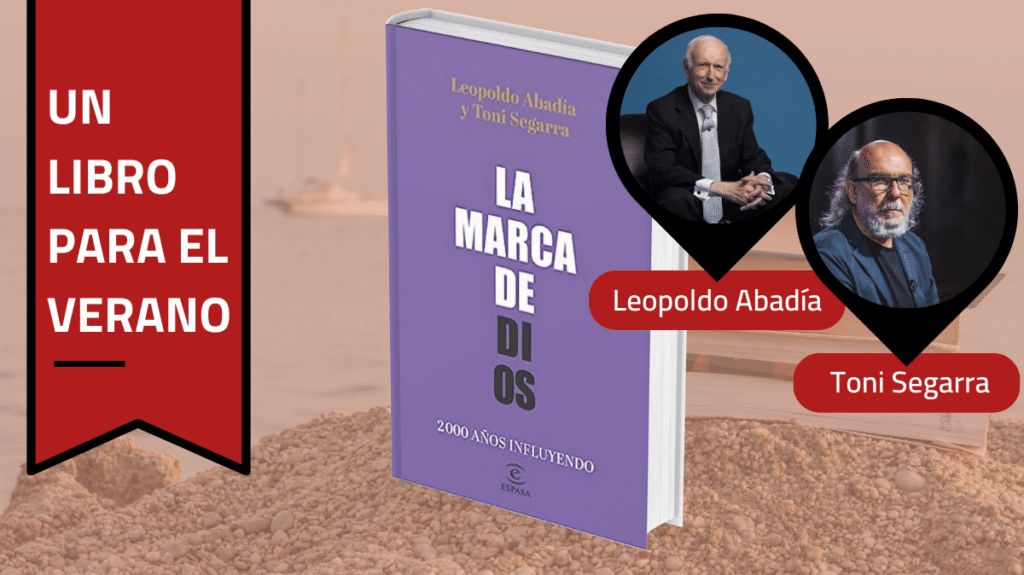Why are clothes shops and supermarkets distributed geographically as if they were parishes, or why do mobile phone shops have altars where products are displayed as if they were offerings? Why should the Baroque be studied in universities as the best advertising campaign of all time?
These and other questions are addressed in La marca de Dios: 2000 años influyendo (Espasa), the book that brings together the dialogue between the renowned publicist Toni Segarra and the industrial engineer specialising in economics, Leopoldo Abadía.
The best ideas in Marketing and Communication
Abadía explains that “the best ideas in Marketing and Communication in the history of companies are copied from the Catholic Church”. This was the reflection with which the co-authors coincided in one of their regular breakfasts in their neighbourhood, and it motivated them to write a book shelling out the lessons left by the oldest international institution in the world.
The co-authors argue that the Catholic Church’s greatest achievement, seen from a branding perspective, is to have been able to maintain a purpose unchanged for 2,000 years. “There are companies that, after 50 years in the market, consider defining a purpose – how is it possible that you don’t have one already established? It’s about time,” laughs Abadía.
Maintaining an unchanging purpose for 2,000 years, the Church’s greatest achievement as a brand, according to the co-authors.
The Catholic Church, an institution that has “an integral communication system”, has managed “in addition to having a purpose, to transmit it until the end of the centuries, to fulfil the commission of a chairman”.
The chairman to whom Abadía refers is Jesus Christ, a figure who, as in companies, also has the backing of a CEO, who would be Saint Peter. The book recalls that the first pope travelled several times through what is now Turkey to spread the word of God. “This man would be priceless as a commercial director”, Segarra argues in the publication.
According to Abadía, this complementarity between a president and a CEO, a formula implemented at the highest levels of business, was invented by Jesus Christ in the year 30.
From the intangible to the tangible
One of the peculiarities of the Catholic Church’s brand, unlike others known worldwide, is that the project starts from something immaterial, a promise, which is then converted into tangible things, symbols and artistic manifestations.
The book argues that the cross, the symbol of Christianity, is “the best logo in history”, internalised by the whole of humanity and open, since anyone can use it. One of the questions Abadía raises with humour is what would have happened if Jesus Christ had died in an electric chair instead of on a cross. “Would we have an electric chair around our necks? It seems not”, he says.
Over the course of 200 pages, Abadía and Segarra analyse multiple parallels between the brand of the Catholic Church and that of other well-known multinationals, inclined to congregate as many parishioners as possible, ready to receive communion with a permanent purpose. A mission that the Church, the pioneering institution, has successfully achieved.
